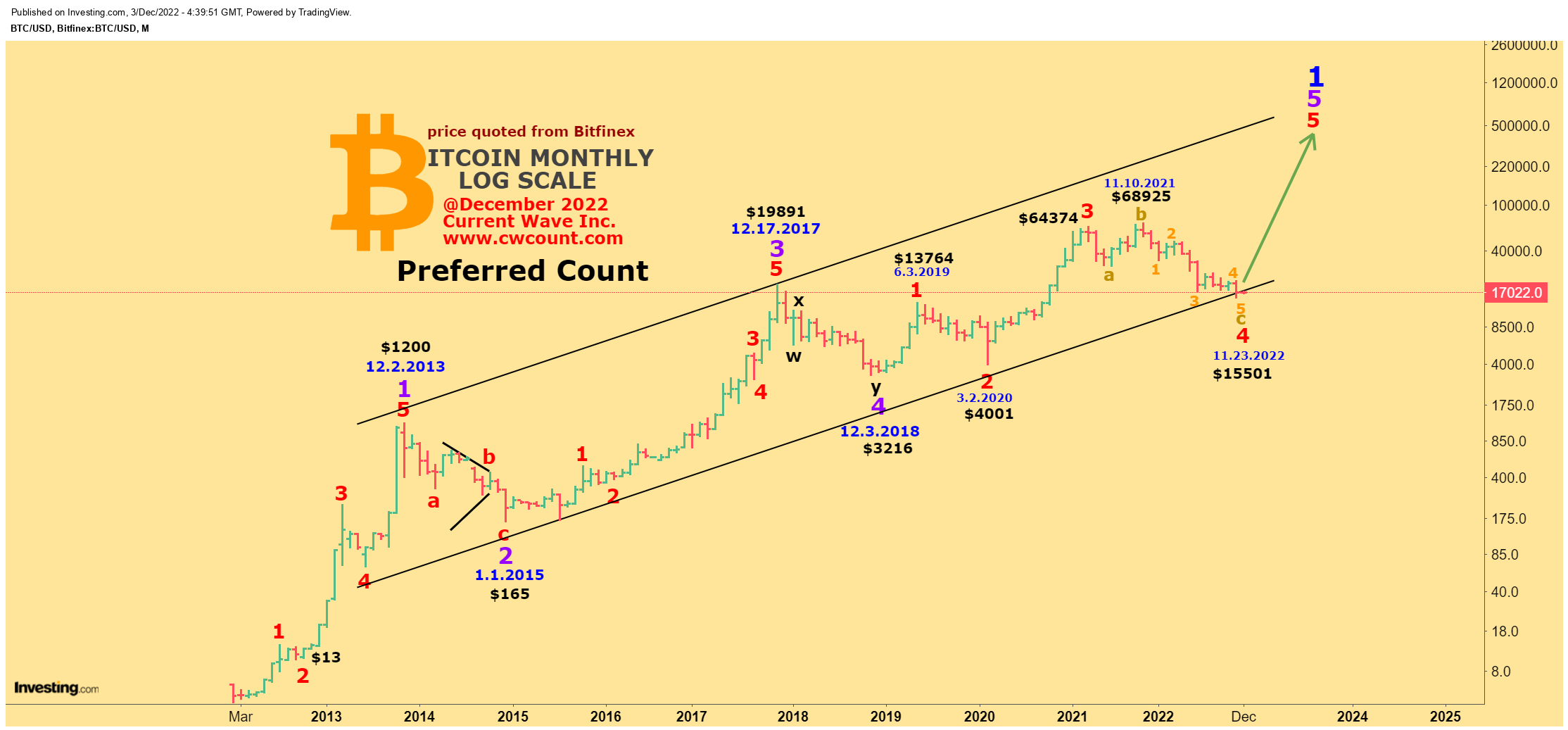The year 2022 has been a very painful year for Bitcoin investors as the leading blockchain in the Crypto market is down nearly 60% from the highs. This year alone marks one of the worst years in the Crypto space as central banks around the globe battled soaring inflation, resulting in sharply higher interest rates and weakening growth expectations, all of which left the crypto industry nursing significant losses. However, as an early-stage asset class that is still largely a speculative investment at this time, we think its value has held up much better than might have been expected. We think the main reason Bitcoin’s value held up well despite the deteriorating macro backdrop is the “blockchain technology” itself, which has the potential to revolutionize a number of industries beyond just finance. At the same time, there is an increase in institutional adoption of cryptocurrencies as both a store of value and a means of payment with the view that cryptocurrency is becoming a legitimate asset class, with Bitcoin as the biggest (with a market cap of $300 billion) and most accessible. Most institutional investors believe that cryptocurrency will become an increasingly important part of the global financial system. Illustrating this increasing demand from large investors, Bank of New York, the largest custodian bank in the world, said that it would start offering custodial services for Bitcoin due to high demand from clients. BlackRock, the world’s largest asset manager, said it would work with crypto exchange Coinbase to offer its Aladdin trading platform to clients who also held Bitcoin on Coinbase.
According to the annual Fidelity Digital Assets survey conducted by financial giant Fidelity management, 58% of institutional investors surveyed bought cryptocurrency in the first half of 2022. Furthermore, 74% of those surveyed said they planned to invest in cryptocurrency at some point in the future. This was no small sample size either, as Fidelity surveyed 1,052 institutional money managers across North America, Europe, and Asia. These institutional investors have much more buying power than the average retail investor, and their increasing presence in the market could theoretically drive the price of Bitcoin much higher.

Recently the Crypto industry is facing its MADOFF moment (ponzi scheme during the global financial crisis of 2008) as the collapse of Terra Luna and FTX is an important reminder that the crypto industry needs more regulatory oversight. We think the lack of transparency, conflicts of interests, poor liquidity, technological risks, as well as fraud and illicit activities are some of the main challenges the industry needs to overcome to be able to grow further. Improved regulatory oversight can help address some of these challenges, helping contain financial stability risks and improving investor protection. Given the decentralized nature and global scope of most crypto ecosystems, the international coordination between regulators and policymakers will likely be paramount to address these challenges effectively.
Looking ahead, 2023 looks poised to be a big year for Bitcoin. At the very least, it should be a lot better than 2022, thanks to increased investment from large institutional investors, growing use by global technology and financial firms, and a more accommodating monetary environment from the Fed. Bitcoin is still a risky investment, but we think that all investors can benefit from having a small allocation toward Bitcoin in their portfolios.

